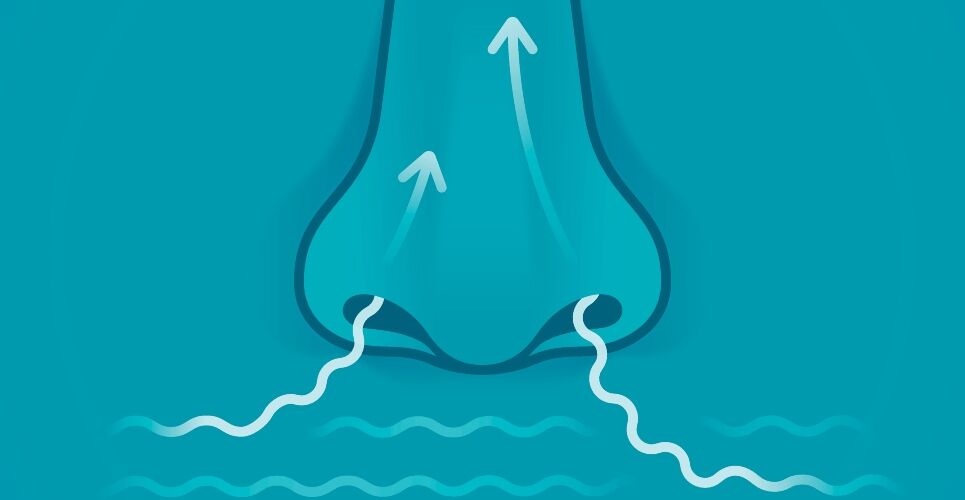An intranasal epinephrine formulation leads to faster absorption of the drug than from an Epipen autoinjector, providing a clinical advantage in the short therapeutic window for the treatment of anaphylaxis, the manufacturer Nasus Pharma has announced.
Positive results from a clinical study of the investigational powder-based epinephrine, FMXIN002, were published in the Journal of Allergy and Clinical Immunology in Practice. The study was designed to compare intranasal epinephrine pharmacokinetics, pharmacodynamics, and safety compared to an autoinjector.
The open-label trial was undertaken in 12 adults with seasonal allergic rhinitis but without asthma. The participants received three-sequenced treatment with either 0.3 mg intramuscular (IM) epinephrine via an autoinjector or intranasal epinephrine in dosages of 1.6 mg and 3.2 mg. Each intranasal dosage was tested under normal conditions and under nasal allergen challenge in which nasal congestion was created to simulate the congestion of the nose in anaphylaxis.
Intranasal epinephrine versus autoinjector
The results demonstrate that the exposure (area under the curve, AUC0-t) and maximum plasma level (Cmax) of a 3.2 mg dose of epinephrine was comparable to a 0.3 mg IM injection of epinephrine under normal nasal conditions.
Moreover, FMXIN002 showed a significantly superior pharmacokinetic profile, especially during the first 30 minutes under induced nasal congestions that occur in severe allergic reactions. In fact, Cmax was double compared to IM autoinjector (1110 vs. 551) and the AUC (0-8h ) was 56% higher.
In addition, the time to maximum plasma level (Tmax) and time to 100 pg/mL of a 3.2 mg FMXIM001 dose was significantly faster at 2.5 minutes compared to nine minutes for the autoinjector. The median time to 100 pg/mL was 3.0 minutes under normal conditions and 1.0 minutes under allergenic challenge that represents the real-life conditions of the nose in severe allergic reaction for FMXIN002. This time to 100 pg/mL is considered to be the clinical threshold where pharmacodynamic responses begins to occur.
The treatment was well tolerated and there were no significant side effects and no significant changes physiological parameters.
Taken together, these findings indicate that FMXIN002 can provide an unprecedented quick rescue with a non-invasive easy to use device for life threatening allergic reactions.
Dr Dalia Megiddo, CEO of Nasus Pharma, said: ‘The results of Nasus’s FMXIN002 powder intranasal epinephrine study show that it can provide a safer and more effective rescue for the emergency treatment of life-threatening allergic reactions by providing a compact easy-to-use device and quicker absorption of Epinephrine.‘
Professor Yuval Tal, director of the Allergy and Clinical Immunology Unit at Hadassah Medical Center in Jerusalem and head of the study, added: ‘In cases of severe life-threatening allergic reaction the therapeutic time window is very short and immediate rescue with epinephrine is required. Therefore, the pharmacokinetics/pharmacodynamics of epinephrine rescue are extremely important.
‘Failure to administer epinephrine promptly has been identified as the most important factor contributing to death from anaphylaxis. Parents and caregivers are often hesitant to give injections. Teenagers are averse to carry the bulky two injection package with them at all times and are sadly over-represented in fatality cases.
‘A pocket-size, user-friendly nasal inhaler could make the much-needed difference sorely needed for rescue therapy of life-threatening allergic reactions. This, in addition to the significantly shorter time to therapeutic blood levels and higher drug exposure in the critical first half an hour, indicate that FMXIN002 could change dramatically the fatality risk associated with anaphylaxis.‘
